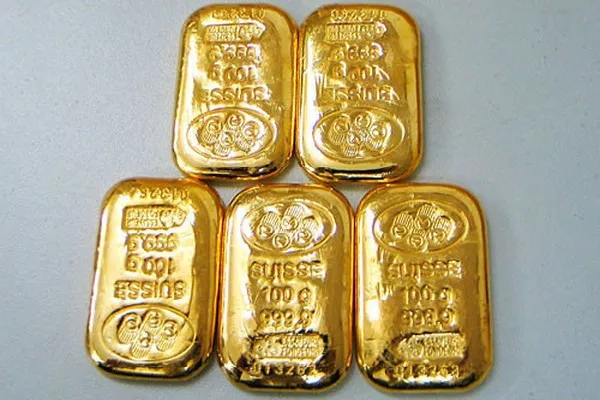Spot gold, often considered a safe haven investment, has captivated the attention of investors and traders alike for centuries. As a precious metal, gold has demonstrated resilience during times of economic uncertainty and market volatility. In this article, we will delve into the current state of spot gold, exploring its value, factors affecting its price, and its position in the global market.
Understanding Spot Gold:
Spot gold is a term that refers to the immediate purchase or sale of physical gold at the current market price. It is commonly traded in the form of bullion bars or coins and serves as a benchmark for pricing gold-related financial instruments. Understanding spot gold requires exploring its characteristics, historical significance, and factors that influence its value.
Characteristics of Spot Gold:
Gold is a precious metal known for its lustrous appearance, durability, and rarity. It is malleable, meaning it can be easily shaped or formed into various objects. Spot gold is typically traded in standardized units, such as troy ounces, and its purity is measured in karats. The most common purities for investment-grade gold are 24 karats (99.99% pure) or 22 karats (91.67% pure).
Historical Significance:
Gold has been treasured by civilizations for thousands of years. It has played a significant role in various cultures, serving as a symbol of wealth, power, and prestige. Throughout history, gold has been used as a medium of exchange, a store of value, and a hedge against economic uncertainties. Its enduring value and scarcity have made it a sought-after asset, even in modern times.
Current Market Trends:
As of the latest data available, the spot gold market is experiencing a dynamic period with multiple influences impacting its value. Here, we will examine some key factors shaping the current trends:
Global Economic Conditions:
Economic conditions play a significant role in determining the price of spot gold. During times of economic uncertainty or geopolitical tensions, investors often turn to gold as a safe haven, driving up its demand and price. Factors such as inflation, interest rates, and currency fluctuations can also impact gold prices.
Monetary Policies and Central Bank Actions:
Central banks’ decisions, including changes in interest rates and monetary policy, can have a profound effect on gold prices. When central banks adopt accommodative policies or engage in quantitative easing, it can lead to a decline in the value of currencies, thereby increasing the appeal of gold as a store of value.
Investor Sentiment and Market Psychology:
Market sentiment and investor behavior can create fluctuations in spot gold prices. Sentiment indicators, such as fear or optimism surrounding global economic prospects, can influence investors’ decisions to buy or sell gold. Additionally, shifts in demand from institutional investors or retail consumers can impact short-term price movements.
Supply and Demand Dynamics:
The availability and production of gold also impact its price. Factors such as mining output, exploration activities, and recycling rates contribute to the overall supply of gold. Concurrently, demand from industries like jewelry, technology, and investment vehicles, along with consumer sentiment, can influence the price of spot gold.
Technological Advancements and Alternative Investments:
Technological advancements have introduced alternative investments, such as cryptocurrencies, that compete with traditional safe haven assets like gold. The emergence of digital currencies and blockchain technology has sparked debates about their potential impact on the demand for gold and its future role as a store of value.
Conclusion:
Spot gold remains a valuable and sought-after asset in the financial markets, driven by its historical significance and perceived intrinsic value. However, its price is subject to numerous factors, including global economic conditions, monetary policies, investor sentiment, supply and demand dynamics, and emerging technological trends.
To stay informed about the current state of spot gold, investors and traders should closely monitor global economic indicators, central bank actions, and market sentiment. Additionally, understanding the interplay between gold and alternative investments can help gauge its long-term prospects.
As with any investment, it is important to exercise caution and conduct thorough research before making any decisions. Spot gold, while historically resilient, can still experience price volatility and market fluctuations.


